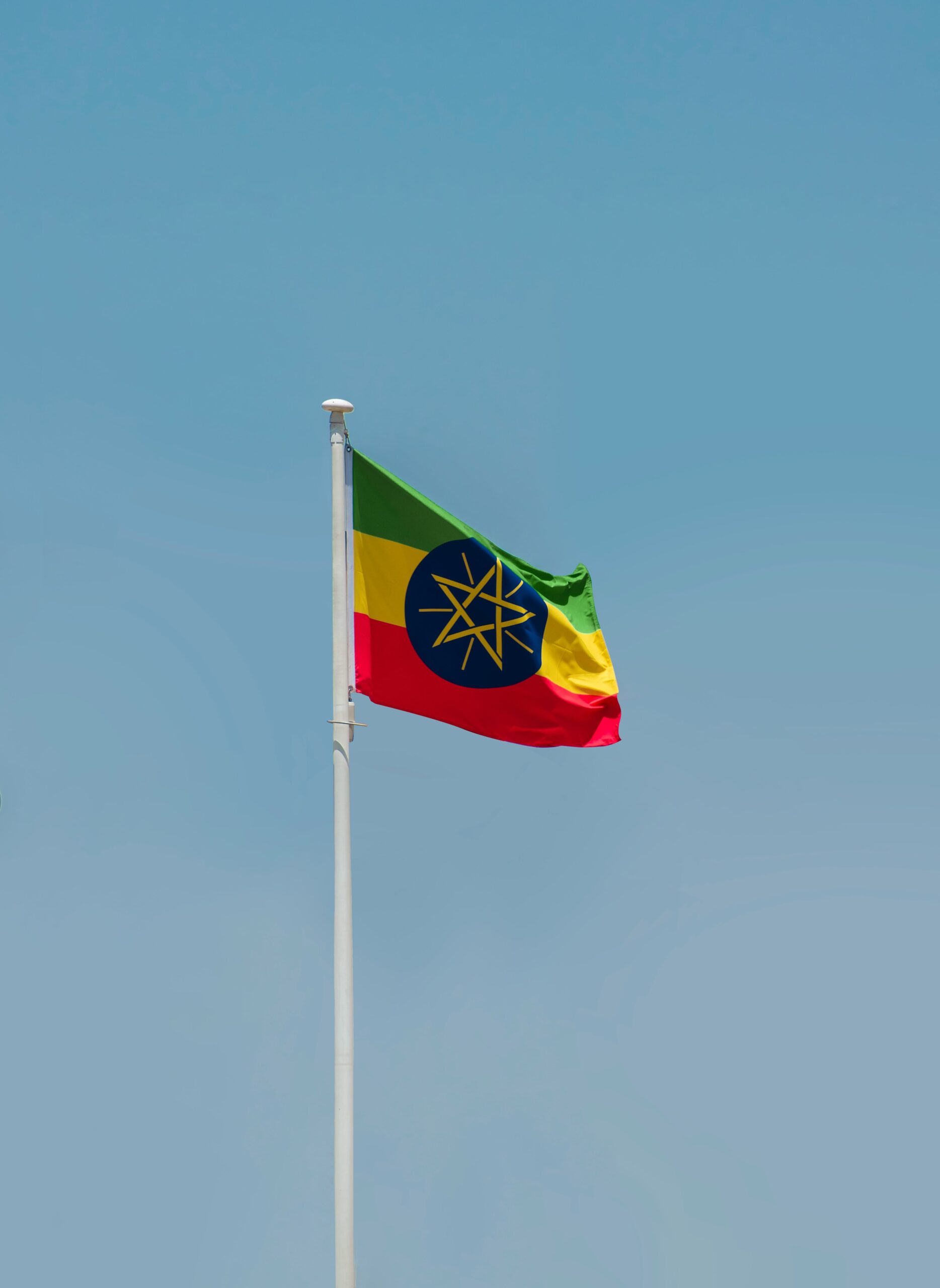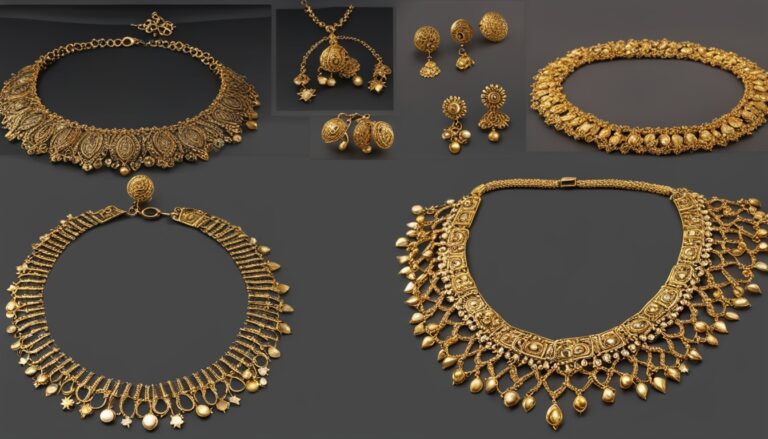Tigray Region Rock-Hewn Churches Ethiopia
Tigray Region Rock-Hewn Churches: A Historical and Architectural Overview
The Tigray Region in Ethiopia is renowned for its remarkable rock-hewn churches, a testament to the rich historical and architectural heritage of the area. Carved into the rugged mountains of Tigray, these churches date back to the ancient period and represent a unique form of Christian architecture in the region.
These rock-hewn churches are distinguished by their intricate design, with many featuring ornately carved facades and elaborate interiors adorned with religious paintings and ancient artifacts. The churches are not only places of worship but also serve as repositories of Ethiopian religious and cultural history.
One of the most iconic rock-hewn churches in the Tigray Region is Abuna Yemata Guh, perched atop a sheer cliff face and accessible only by a challenging vertical climb. This church exemplifies the architectural ingenuity of the ancient craftsmen who built these structures with primitive tools but incredible precision.
Visitors to the Tigray Region have the opportunity to explore a cluster of these rock-hewn churches, each with its unique architectural style and historical significance. The churches provide insight into the religious practices and cultural beliefs of the people who inhabited this region centuries ago.
Preservation efforts are underway to safeguard these historic structures from natural elements and human impact, ensuring that future generations can continue to marvel at the architectural wonders of the Tigray Region. By promoting sustainable tourism and raising awareness about the significance of these churches, conservationists aim to protect this invaluable cultural heritage for years to come.
The Tigray Region rock-hewn churches are not only architectural marvels but also important cultural and historical landmarks that offer a glimpse into Ethiopia’s rich past. Visitors are encouraged to explore these unique structures and appreciate the craftsmanship and artistry of the ancient builders who created these enduring monuments.
Preservation Efforts and Challenges of Tigray Region Rock-Hewn Churches
Preservation of the Tigray Region rock-hewn churches is vital to maintain these architectural and historical treasures for future generations. The churches, carved out of rock faces in northern Ethiopia, date back to the 4th century and are unique representations of ancient Ethiopian Christianity. Efforts to preserve these churches face various challenges due to environmental factors, human activities, and limited resources.
One of the major challenges in preserving the Tigray Region rock-hewn churches is natural erosion. Over the centuries, exposure to environmental elements such as wind, rain, and temperature fluctuations has taken a toll on these structures. Without adequate protection, the intricate carvings and architectural details of the churches are at risk of being eroded away, leading to the loss of invaluable historical and cultural information.
Human activities also pose a threat to the preservation of the rock-hewn churches. Increased tourism to the region has raised concerns about the impact of visitor traffic on these ancient sites. Unregulated access and improper handling of the churches can result in damage to the delicate carvings and frescoes inside the rock-hewn interiors. Balancing the need to promote tourism with the imperative to protect these sites is a key challenge faced by conservationists.
Efforts to preserve the Tigray Region rock-hewn churches involve a combination of conservation, restoration, and monitoring activities. Conservationists work to stabilize the structures, prevent further deterioration, and safeguard the churches from environmental threats. Restoration projects aim to repair damage and ensure the longevity of these architectural marvels.
Despite these preservation efforts, challenges persist in safeguarding the Tigray Region rock-hewn churches. Limited funding and resources hinder the implementation of comprehensive conservation strategies. Lack of skilled personnel and technical expertise further complicates preservation endeavors. Continued development in the region also presents challenges, as infrastructure projects and urban expansion may encroach upon the vicinity of the churches, affecting their integrity and authenticity.
The preservation of the Tigray Region rock-hewn churches is a complex and ongoing process that requires careful attention and dedicated efforts. By addressing the challenges posed by natural forces, human activities, and resource limitations, conservationists strive to ensure that these remarkable architectural wonders endure as testaments to Ethiopia’s rich cultural heritage.
The Significance of Tigray Region Rock-Hewn Churches in Ethiopian Culture and History
The Tigray Region Rock-Hewn Churches in Ethiopia hold immense significance in the country’s vibrant culture and rich history. These churches are not only architectural marvels but also serve as important religious sites and symbols of Ethiopia’s ancient Christian heritage.
Dating back to the 4th century, the rock-hewn churches of Tigray represent a unique form of architecture that blends seamlessly with the natural landscape, creating a spiritual ambiance that is truly awe-inspiring. Carved out of solid rock, these churches showcase the ingenuity and craftsmanship of the early Christian communities in Ethiopia.
The Tigray Region Rock-Hewn Churches are not just structures but living testaments to the enduring faith of the Ethiopian Orthodox Christians. Many of these churches are still actively used for worship, drawing pilgrims and visitors alike to witness firsthand the spiritual devotion and cultural richness embedded in these ancient stone sanctuaries.
From intricately designed interiors adorned with vibrant frescoes to the simple yet powerful exteriors that stand as silent sentinels against the ravages of time, each church tells a story of faith, resilience, and artistic excellence. The architectural details, including cross-shaped windows, beautifully carved doors, and domed ceilings, reflect the deep spirituality and artistic sophistication of the builders.
In Ethiopian culture, the Tigray Region Rock-Hewn Churches hold a special place as centers of pilgrimage, prayer, and community gatherings. They are not just historical monuments but living spaces where religious rituals, ceremonies, and festivals are still conducted, keeping alive the traditions and customs that have been passed down through generations.
The significance of the Tigray Region Rock-Hewn Churches extends beyond their architectural and artistic value. These churches are integral to the identity and pride of the Ethiopian people, serving as symbols of national heritage and cultural continuity in a rapidly changing world. As UNESCO World Heritage Sites, they are not just treasures of the past but also beacons guiding the way to a future where heritage, culture, and history are revered and preserved for generations to come.
The Tigray Region Rock-Hewn Churches stand as testimony to the enduring spirit of a people deeply rooted in their faith and heritage. Their significance in Ethiopian culture and history is immeasurable, offering a glimpse into a bygone era while remaining relevant and revered in the present day. The legacy of these remarkable churches continues to inspire awe and reverence, making them truly timeless treasures of human civilization.
Tourist Experience: Exploring the Tigray Region Rock-Hewn Churches
When it comes to a truly captivating and enlightening tourist experience, exploring the Tigray Region Rock-Hewn Churches in Ethiopia is an adventure like no other. Nestled in the northern part of Ethiopia, the Tigray Region is home to a remarkable collection of ancient churches carved out of rock, each with its own unique history, architecture, and cultural significance.
Visitors embarking on a journey to explore these rock-hewn churches are in for a treat that goes beyond typical tourist attractions. The experience begins with the awe-inspiring sight of these architectural wonders, which date back centuries and showcase intricate craftsmanship that has stood the test of time.
One of the most remarkable aspects of visiting the Tigray Region Rock-Hewn Churches is the opportunity to delve into Ethiopia’s rich religious history and cultural heritage. These churches are not only architectural marvels but also important religious sites where ancient Christian traditions are still practiced today.
As tourists weave their way through narrow passageways, climb steep rock faces, and enter dimly lit chambers adorned with ancient frescoes, they are enveloped in an atmosphere of mystery and reverence that is truly unique to this sacred place. Each church tells a story of faith, resilience, and artistic ingenuity that leaves a lasting impression on all who visit.
Furthermore, exploring the Tigray Region Rock-Hewn Churches offers visitors a chance to connect with the local community and gain insight into the daily lives of the people who call this region home. Interacting with local guides, participating in traditional ceremonies, and experiencing the vibrant culture of the Tigray people add depth and authenticity to the overall tourist experience.
A journey to the Tigray Region Rock-Hewn Churches is not just a sightseeing tour but a transformative experience that immerses visitors in the history, spirituality, and cultural richness of Ethiopia. It is an adventure that challenges the mind, stirs the soul, and creates memories that will last a lifetime.
Comparing Tigray Region Rock-Hewn Churches to Other Rock-Hewn Structures Worldwide
Rock-hewn structures have always fascinated historians, architects, and travelers alike due to their unique blend of natural surroundings and human ingenuity. Among the most remarkable rock-hewn churches globally are the ones found in the Tigray Region of Ethiopia. These churches, carved out of sheer rock faces, bear resemblances to other rock-hewn structures scattered across the world, each with its distinct characteristics and historical significance.
The Tigray Region Rock-Hewn Churches share similarities with the famous churches of Lalibela, also located in Ethiopia. Both sets of churches exhibit exceptional architectural craftsmanship, with intricate details and elaborate carvings that showcase the rich religious and cultural heritage of the region. The churches in Tigray, however, are lesser-known compared to the more widely recognized Lalibela churches, offering visitors a more serene and intimate experience.
In contrast, the rock-hewn churches of Cappadocia, Turkey, present a different architectural style and cultural context. Carved into the soft volcanic rock of the region, the churches of Cappadocia feature unique frescoes and underground cities that highlight the innovative engineering techniques of the ancient inhabitants. While both Cappadocia and Tigray churches share the commonality of being carved from rock, the visual aesthetics and historical narratives they convey are distinct.
Moving to a different continent, the rock-hewn churches of Petra in Jordan are renowned for their elaborate facades carved into rose-red cliffs. These structures blend seamlessly with the natural rock formations, creating a dramatic and mesmerizing landscape that has captured the imagination of visitors for centuries. Unlike the secluded setting of the Tigray Region churches, Petra’s churches stand as monumental edifices in a vibrant archaeological site bustling with tourists and researchers.
Further afield, the Ajanta and Ellora caves in India offer a glimpse into the ancient rock-cut architecture of the subcontinent. With intricately designed sculptures and stunning rock-cut monasteries, these sites showcase the spiritual and artistic prowess of ancient Indian artisans. While culturally distinct from the Ethiopian churches, the Ajanta and Ellora caves share a commonality with Tigray’s churches in their testament to human creativity and devotion through rock carving.
The Tigray Region Rock-Hewn Churches stand out as unique architectural marvels that are both culturally significant and visually stunning. While comparisons can be drawn to other rock-hewn structures worldwide, each site retains its distinct character and historical importance, adding to the tapestry of human heritage carved in stone. Exploring these rock-hewn wonders across different continents offers a profound appreciation for the diverse ways in which ancient civilizations expressed their creativity and faith through the enduring medium of rock.
Conclusion
In exploring the Tigray Region Rock-Hewn Churches of Ethiopia, it becomes evident that these historical and architectural wonders hold immense significance in Ethiopian culture and history. Dating back centuries, these churches stand as testaments to the artistic and engineering acumen of their creators. The preservation efforts surrounding these churches face various challenges, including weathering, accessibility, and insufficient funding. However, ongoing initiatives aim to safeguard these treasures for future generations.
The Tigray Region Rock-Hewn Churches offer a unique tourist experience, allowing visitors to delve into the rich heritage of Ethiopia while marveling at the intricate craftsmanship displayed in these structures. From the towering cliffs that house these churches to the elaborate carvings adorning their interiors, each site tells a story of faith, creativity, and resilience. Exploring these churches provides not only a glimpse into the past but also a sense of spiritual connection to the present.
When considering the Tigray Region Rock-Hewn Churches in relation to other rock-hewn structures worldwide, it is clear that they hold a special place in architectural history. While bearing similarities to sites like Petra in Jordan and Lalibela in Ethiopia, the churches of Tigray stand out for their remote locations, challenging access, and the unique blend of local and external influences in their design. Each set of rock-hewn churches worldwide contributes to the tapestry of human ingenuity and creativity, showcasing the diverse ways in which civilizations have utilized natural rock formations for spiritual and practical purposes.
The Tigray Region Rock-Hewn Churches serve as profound reminders of Ethiopia’s rich cultural heritage and the enduring legacy of its people. Through preservation efforts, increased awareness, and responsible tourism practices, these churches can continue to inspire and captivate visitors from around the globe. By recognizing the significance of these structures and the challenges they face, we can ensure that future generations have the opportunity to marvel at the architectural marvels that have stood the test of time in the rugged landscapes of the Tigray Region.






